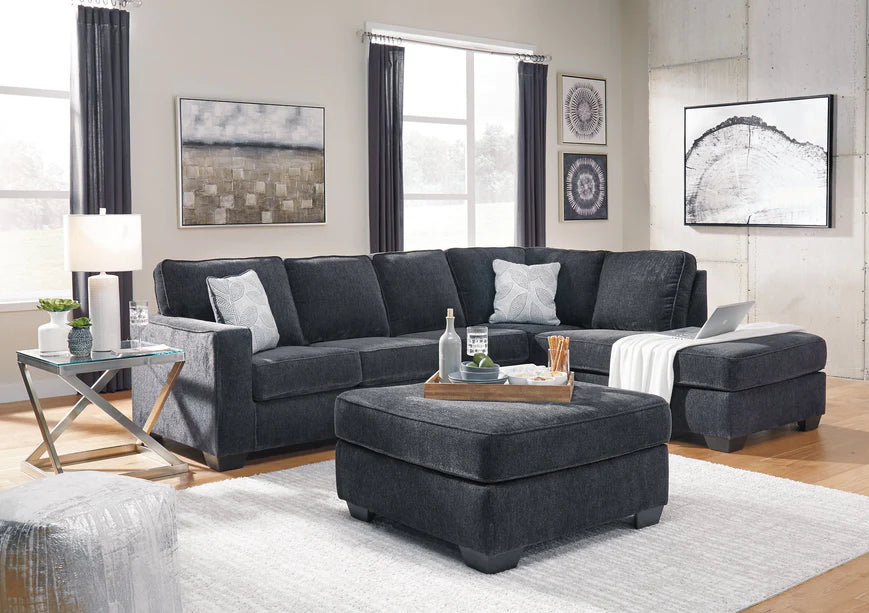
Living Room Set: The Importance of Knowing Your Measurements
Selecting the right living room set can be a daunting task. With so many styles, sizes, and configurations available, it’s easy to feel overwhelmed. However, one of the most crucial factors in choosing the perfect living room set is knowing your measurements. Here’s a comprehensive guide to help you measure your space and make an informed decision.
1. Measure Your Living Room
Before you start shopping for furniture, take precise measurements of your living room. Here’s how to do it:
- Length and Width: Measure the length and width of your living room at its longest and widest points. Use a tape measure and record these dimensions.
- Ceiling Height: Knowing the height of your ceiling is important, especially if you plan to include tall furniture pieces like bookcases or entertainment centers.
- Doorways and Hallways: Measure the width and height of doorways, hallways, and staircases to ensure the furniture can be delivered and moved into your living room without issues.
2. Consider the Layout
Once you have your measurements, think about the layout of your living room. Consider the following:
- Traffic Flow: Ensure there’s enough space for people to move around comfortably. Leave at least 18 inches between furniture pieces and pathways.
- Focal Points: Identify focal points like fireplaces, windows, or TV stands. Arrange your furniture to highlight these features.
- Functionality: Determine how you’ll use the space. Do you need a cozy area for family movie nights, or are you looking for a more formal seating arrangement for entertaining guests?
3. Measure Your Existing Furniture
If you already have furniture that you plan to keep, measure these pieces to ensure they’ll fit with your new living room set. Compare these dimensions to the space available and think about how they’ll work together in the new layout.
4. Plan for Different Configurations
Living room sets come in various configurations, including:
- Sofa and Loveseat: A classic combination that works well in most spaces.
- Sectional Sofa: Ideal for larger rooms or open-concept living areas. Sectionals offer ample seating and can often be customized to fit your space.
- Sofa and Chairs: Provides flexibility and can be arranged in multiple ways. Great for smaller spaces or if you want to create different seating zones.
Use your room measurements to visualize how each configuration will fit. Consider using online room planning tools or apps to create a digital layout.
5. Scale and Proportion
Ensuring your furniture is proportionate to the size of your room is key to creating a balanced and harmonious space. Avoid oversized furniture in small rooms, as it can make the space feel cramped. Similarly, small furniture in a large room can look out of place and sparse.
6. Don’t Forget About Additional Furniture
Remember to account for additional pieces like coffee tables, end tables, and storage units. Measure these items and factor them into your overall layout. Make sure there’s enough space for these pieces without overcrowding the room.
7. Leave Space for Movement
When arranging your furniture, leave enough space for movement and everyday activities. Ensure there’s enough clearance between furniture pieces so that you can walk around comfortably. This is especially important in high-traffic areas.
8. Take Note of Unique Features
Consider any unique features of your living room that might affect furniture placement, such as:
- Radiators or Vents: Avoid blocking these to ensure proper air circulation.
- Electrical Outlets: Think about the placement of lamps, electronics, and chargers.
- Windows and Natural Light: Arrange furniture to take advantage of natural light without obstructing windows.
9. Measure Twice, Buy Once
Before making any final decisions or purchases, double-check your measurements. It’s better to measure twice than to end up with furniture that doesn’t fit. Take your measurements with you when shopping to compare with product dimensions.
10. Seek Professional Advice
If you’re still unsure about the best layout for your living room, consider consulting with an interior designer. They can provide expert advice and help you make the most of your space.
By taking the time to measure your living room accurately and considering the layout, you can confidently choose a living room set that fits perfectly in your space. This careful planning ensures your living room is not only stylish but also functional and comfortable for years to come.
